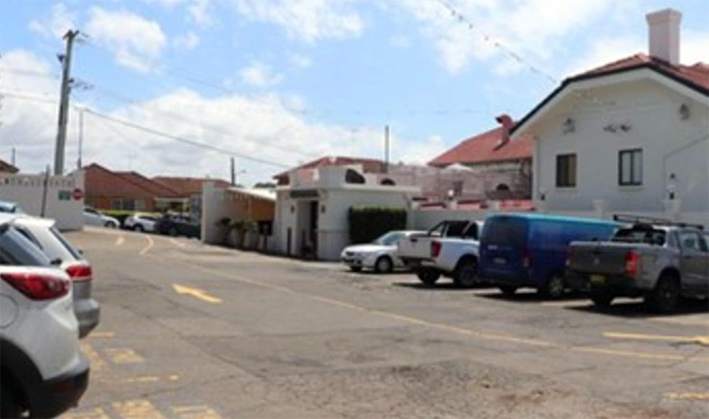
Harbord’s beachside Hotel, traditionally known as the Hilton, is fighting a wave of protest by its wealthy neighbours over an application to permit accommodation via a new structure at the rear.
The heritage-listed Habord Beach Hotel was established in 1928, built in the Art Deco style. Tooth & Co took over in 1935, adding 15 hotel rooms to the watering hole, just metres from Freshwater Beach.
For decades the pub has been affectionately known by locals as the ‘Harbord Hilton’.
In 2019 local property developer Glenn Piper entered the pub game, buying the Beaches landmark from the stalwart Thorpe family, who had held it since 1978.
Late 2020 Piper’s outfit first consulted and shared the long-term vision of the pub at a community briefing, which included plans for accommodation. The following year Piper began this journey, unveiling a significant makeover, and moniker tweak to the Harbord Beach Hotel.
Mid-2023 he won a case in the Land and Environment Court that allowed another $2.8 million refurbishment to proceed, set to convert the upper level into another bar, with a licensed balcony overlooking the Pacific, as well as a recording studio for local artists.
Last year he also lodged application to amend Warringah Local Environmental Plan’s rules, allowing construction of a three-storey accommodation block behind the pub, and including accommodation as an “additional permitted use”.

The plans align with the Council’s Northern Beaches Local Strategic Planning Statement – Beyond 2040, which aims to increase tourism on the peninsula, and particularly overnight stays.
The development would incorporate 37 rooms, a swimming pool and a gym, plus underground carparking for 72 vehicles. It would be erected in what is currently a small carpark leading to the drive-through bottleshop, and would not exceed the existing R2 zoning height limit of 8.5 meters.

Attached to the application was a planning proposal report by consultants stating the accommodation could be offered at the site “without adversely impacting upon the local heritage significance of the existing building” or the surrounding streetscape.
The re-zoning application proposal went on public exhibition in August.
Residents supporting the idea pointed to the lack of hotel accommodation in the area.
But Northern Beaches Council has received more than 100 submissions against the idea, largely by locals lamenting the impact they fear it will have. Many complaints centre on the notion that the new structure at the rear could detract from the front of the historic pub.
It was also argued the construction, which one neighbour described as “monolithic” – in apparent dissimulation of the eight-storey tower almost directly opposite – would be inappropriate for what is a predominantly residential area, beside a very popular beach.
And the precinct “suffers from limited infrastructure” stated another, echoed in a complaint declaring that the project would be “a nightmare for traffic, parking, noise, and the general comfort of all residents”.
This application is simply about re-zoning and a Development Application will need to follow, which will offer further opportunity for feedback.
Historically part of its makeup, the tourist-happy pub still regularly receives inquiries about rooms to stay.
“Our ongoing commitment is to not only create a vibrant destination for the local community but also to strengthen the hotel’s role in the Northern Beaches by providing much-needed short-term accommodation, supporting the local economy, and enriching the area’s vitality,” offers Piper.
Meanwhile, a decision is pending by Council on whether (or not) to pass the proposal to NSW Planning for review, which would then have to make a recommendation (or not) to the Planning Minister for a ‘gateway determination’ on the application.
Piper stresses his Epochal Hotels group is dedicated to preserving the legacy of the Hotel as a proud cornerstone that has serviced the community for nearly 100 years.
“We’ve approached this responsibility with great care, ensuring every improvement is thoughtfully planned and gradually introduced.”

